Geography
Typical Weather
Languages Spoken
Cultures
Cuisine
Religion
Africa as a Tourist Destination
Top Destinations
Internet/Wi-Fi Connectivity
Travel Information
Stay Safe
Summary
While Africa may be the oldest inhabited continent on Earth, it still lags behind the others in terms of infrastructure. To compensate for that, it has a huge number of attractions that make it worth all the frustrations that tourists can feel from time to time as they travel around. Where else in the world are there vast plains where wild animals roam free? The stunning coastline, especially on the Indian Ocean side, has mile after mile of beautiful beach with the warm crystal waters very enticing. Inevitably, such a vast continent with several degrees of latitude either side of the Equator has a huge variety. The Northern Coastline is the Mediterranean and Arabic while the Southern Tip is where the Indian Ocean meets the Atlantic Water coming straight up from the Antarctic. That water does not warm up significantly until it approaches the Equator on Africa’s West Coast.
In contrast, Asia, with the largest continental population of all and certainly an even longer coastline, can boast the most impressive mountain range in the world, the Himalayas, a huge variety of climates and cuisines that have spread all over the world. Asia has made more impact on the rest of the world than Africa which is still a place where exploration proved extremely difficult and even today, the influence of the world’s most powerful nations and 21st Century life are patchy. For some travellers, that is part of Africa’s charm and one of the reasons why it is a destination well worth visiting.
Geography
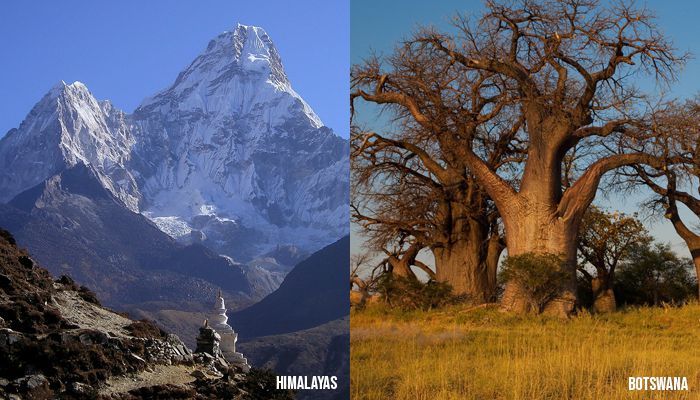
Asia
Asia is the largest continent in the world with a massive 44.58 million km. square landmass and has a total of 48 countries according to the United Nations.
Africa
Africa, on the other hand, is the second-largest continent at 30.37 million km. square and comprises 54 countries. Those countries include a number of different tribes at times even within a single nation [1] and a vast array of languages and dialects within a single country. Some of today’s national boundaries were made for colonial convenience rather than the reality of the traditional tribal areas. That strategy alone has created untold problems over the years.
Typical Weather
Asia
The weather in Asia is as diverse as the size of its landmass. While it is difficult to generalise and weather systems seem less predictable than in years gone by, monsoons are the single biggest climatic factor in much of Asia. Some countries actually experience differing monsoons in different parts of the country. Countries like the Philippines, Thailand, East Timor, Indonesia, Singapore and parts of India have a tropical climate with dry and wet seasons. In contrast, others have four distinct seasons with huge variations when altitude becomes a factor such as Korea and Japan. It is worth remembering that most of Asia lie in the Northern Hemisphere, unlike Africa which straddles the Equator.
Africa
The Mediterranean in the North and South Africa in the South have what is commonly described as a Mediterranean climate, never very cold but neither extremely hot. The sea influence moderates temperatures around the year. In between, there is the vast Sahara Desert, the Sahil which is susceptible to drought and the Equatorial Region with significant annual rainfall and dense forest in many countries. Further south is the region where the wildlife attracts huge tourist numbers each year. There is certainly a rainy season here and migrating herds follow the rains in search of good grazing every year. It is never cold by day here at any time of the year, but it can be extremely hot either side of midday. The result is many of the animals seek shade, with the prey species safe from lions etc., who sleep by day and hunt by night.
Languages Spoken
Asia
There is a multitude of different languages spoken in Asia and the majority do not speak English at all except in countries like the Philippines and Singapore. Languages spoken in Asia include Mandarin/Cantonese, Hindi, English, Bahasa, Nepalese, Thai, Vietnamese, and Khmer.
Africa
In contrast, Africa is home to thousands of native languages and dialects, even within a single community. While countries like Burundi, Ethiopia, Botswana, Zimbabwe and South Africa speak their respective native languages as their official language, many other countries speak foreign languages like English, Spanish, Arabic, French and Portuguese due to the influence of colonisation. English speaking African countries, also known as Anglophile Nations, include Ghana, Nigeria, The Gambia, Liberia in West Africa and Zambia, South Sudan, Namibia, Uganda and Malawi over on the East. Travellers can make themselves understood far easier in Africa than Asia because even locals from different tribes find a common tongue in the former colonial language.
Cultures
Africa is arguably the most culturally and linguistically diverse continent in the world with most of its countries having at least 10 to 15 languages and ethnic tribes. Asia also has thousands of different languages, groups and cultures with India alone having more culture and languages than the entire Europe.
The influence of the 21st Century is clearly more evident in Asian life than African life. Despite African countries almost all having colonial rulers at one time, some of the tribes of Africa live as their ancestors did centuries ago. Little has changed from their traditional clothing to their general lifestyles and subsistence living. Although small ethnic tribes still exist in pockets in Asia, that is far less common than in Africa. Traditional dress in Asia is often only seen during festivals and visits to the temple.
Despite their differences, both continents share a few similarities including:
- Both have a culture of ancestor worship and have respect for elders
- They share a colonial heritage and duality of language i.e. local and colonial
- Both share a belief in superstitions, e.g. ghosts, black magic etc.
- Rice is central to the cuisine of both continents unlike in Europe and North America
Cuisine
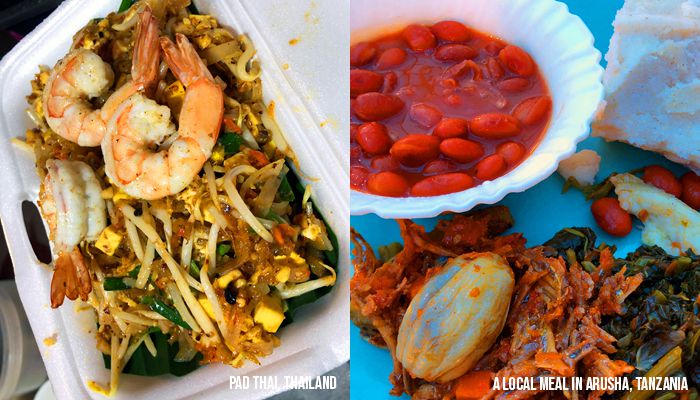
Asia
Asian cuisine has successfully spread throughout the world thanks to the huge movement of Asian people over the years. Indian and Chinese food are hugely popular in places like West Europe and North America while Thai, Japanese and more recently Vietnamese food are readily available.
Africa
African cuisine is less so. Seasonal fruit and vegetables, the local game known as ‘’bush meat’’, dairy, rice and cereals have all found their way into the local diet. The influence of colonialism has had a greater effect on African cuisine although the French baguette is just one example of the influence the French had in Indochina.
The flavours of the Mediterranean countries are the only form of African cuisine to reach beyond national borders in Africa to any extent.
Religion
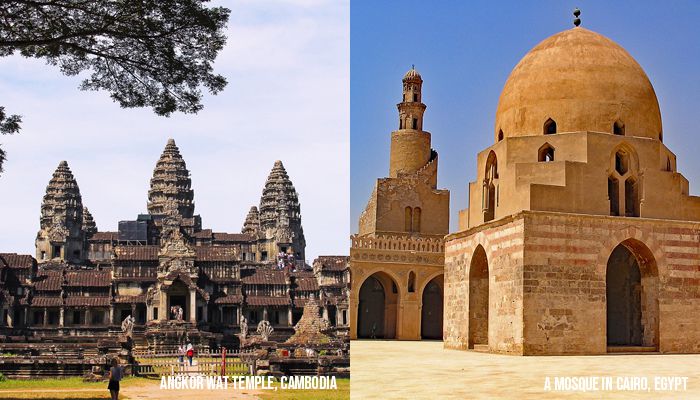
Asia
Several religions were born in Asia; Buddhism, Hinduism, Confucianism, Jainism, Islam, Judaism and even Christianity. Religion has also played a major role in Africa with the main religion, Islam, brought from Asia. Just over half of Africa’s people are Muslim with the second most popular religion Christianity. Traditional religions are still followed in many parts of Africa, just as they are in Asia.
Many of the top tourist attractions in Asia are based around religious sites. They include temples and pagodas throughout Indochina, some with Hindu origins and others strictly Muslim. Angkor in Cambodia, Bagan in Myanmar, the temples of Bangkok in Thailand and monks of Laos seeking alms each morning all attract significant tourist numbers.
Africa
In contrast, there are few religious attractions of similar appeal in Africa. Lalibela in Ethiopia is one obvious exception. Some of the rock churches date back to the 7th Century with Ethiopia one of the early countries to embrace Christianity; they are a major pilgrimage destination.
Africa as a Tourist Destination
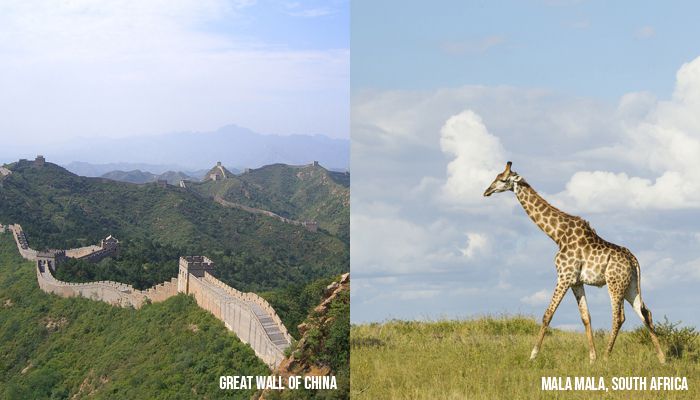
There is huge potential for tourism in Africa which remains well behind Asia in popularity. Many Asian countries attract large numbers of tourists every year and there is significant growth in others. This has meant that the tourist infrastructure is either in place or being developed quickly.
That is not the case in Africa. Safaris are very popular so parts of East and Southern Africa have good accommodation in place but when it comes to general tourism, only a small number of countries can cater for increased tourism at this stage. South Africa has an infrastructure to match countries anywhere but elsewhere, there are only pockets of good accommodation and travel infrastructure. Tourists will find reasonable accommodation along the Mediterranean. Elsewhere in Africa, accommodation of tourist level is currently found in capital cities. Well-established tourist resorts exist on the East Coast, especially in Kenya and to a lesser extent Tanzania.
Africa is starting to develop as a tourist destination. The catalyst for that has been safaris but there are countries which have a great deal to offer as well. Egypt has a rich history while there was an ancient civilisation in Zimbabwe with the Victoria Falls a stunning site. Cross over into Zambia and visitors will find a stable country where conflict has not existed since independence. Ghana in the West may appear poor, but it has been an established territory since the 11th Century, the Ashanti are a welcoming people and democracy is firmly established.
Top Destinations
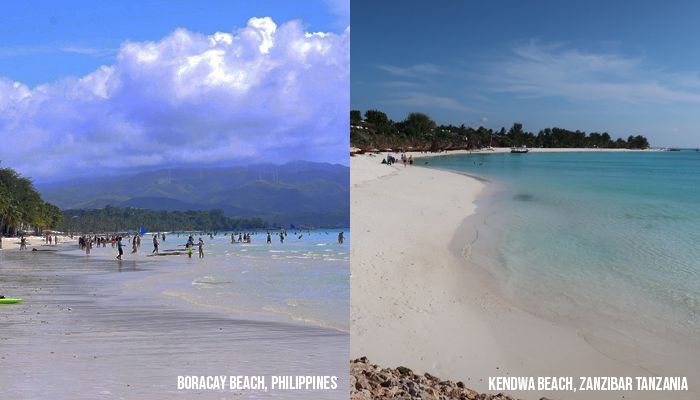
The two continents both have similarities amongst their top destinations; differences as well.
Take for example Boracay off the tip of Panay Island in the Philippines. Travellers will see the similarity between Boracay and the Island of Zanzibar in the Indian Ocean off Tanzania. The whole of the Indian Ocean coastline on Africa’s eastern side has lovely beaches down through Kenya and Tanzania to Mozambique and South Africa. In few cases are they very busy and the waters are most tempting.
Tourists can head for Nepal simply to see Mount Everest without thoughts of climbing it. Africa’s largest mountain, Kilimanjaro is far less imposing but it can be scaled without mountaineering experience.
The UNESCO World Heritage site of Angkor in Cambodia is known the world over by everyone with an interest in religion and culture. Angkor Wat was a Hindu temple built during the Khmer Empire. In Ethiopia in North East Africa, there is Lalibela, another with UNESCO recognition. This region was one of the first to embrace Christianity in the 4th Century and the site receives significant numbers of pilgrims wishing to see the rock churches built between the 7th and 13th Centuries.
Africa has no equivalent to the Great Wall of China and the Trans-Siberian Railway has no equivalent in Africa, Asia huge modern cities are distinctly 21st Century with Africa having few to compare. However, although Asia has parks where wildlife, especially the tiger, finds protection, it cannot compete with the variety and locations where travellers can enjoy a safari. Africa’s advantage over Asia is there has been so little relative development within the open natural environment.
Internet/Wi-Fi Connectivity
It is important to realise that the quality and availability of the Internet is far more limited in many parts of Africa than it is in Asia. A hotel may have Internet in public areas, but it is impossible to rely on the quality and often the connection will be lost. Local SIM cards may be available, but they do not get rid of the basic problems.
As a result, you may be unable to access relevant information when you want it even if it is available online. The consequence of this is that pre-planning is more important than it would be to travel around Asia.
Travel Information
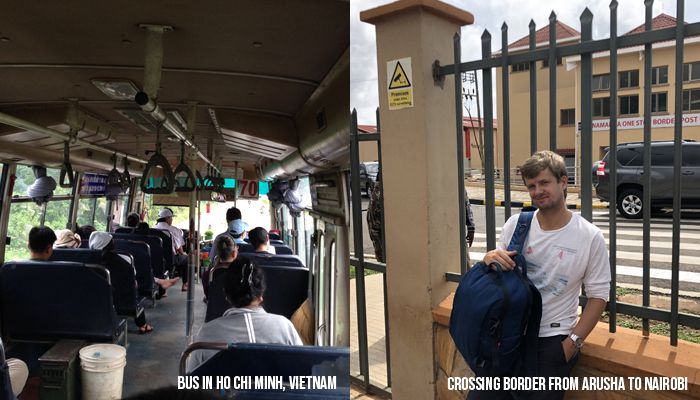
Every country in Africa has international airports although for regular flights, it is often more convenient to fly to one of the cities that act as a hub for ongoing flights into neighbouring countries. Johannesburg in South Africa is a case in point as is Nairobi in the east. Tourists may find flying via Johannesburg is the best way to reach neighbouring countries like Botswana, Malawi or Zambia. Some of Asia’s great cities are hubs for air travel such as Singapore, Dona and Bangkok.
Africa has been described as the Dark Continent and in some ways that still applies. It is far more difficult to do online in-depth research on parts of Africa than it is to learn more about the highlights of Asia. Certainly, there is general information but information on the practicalities of travelling around is not detailed. Travellers will find frustrations when they look to cross borders from one country to another and will have to be prepared for queues, delays and purchasing visas.
By Air
Direct flights between African countries are limited as illustrated by Johannesburg operating as a hub. In the West, Laos is the equivalent, in the East Nairobi. Because there are limited flights, and fewer people are flying, prices are likely to be proportionally higher than they would be between Asian airports; budget travel in Africa is more difficult. In some instances, there may be the need to fly into Europe then back out again to get from one part of Africa to another.
By Land
Border crossings in Africa are not for the impatient and tourists need to be well-prepared with all the necessary documents. If they are travelling on a bus, they need to be sure that it is going as far as they need to go. If it is a matter being dropped at a border post, there will be transport on the other side but, be aware that travellers are in need, prices can be high. Pre-planning an itinerary is one way to be certain of avoiding difficulties.
It is far easier to travel overland in Asia with plenty of online information on crossing points and visa/document requirements for doing so.
Stay Safe
Independent travelling is far less common in Africa than in Asia. Travellers stand out from the crowd, especially in remote places and at night time. Public transport is usually available but used largely by locals, so tourists need to be prepared to be stared at if they get on board. That does not make it unsafe per se, but it can be disarming.
Africa’s large cities are different from typical Asian ones. No one walks around cities like Lagos in Nigeria, Dar es Salaam in Tanzania or even Johannesburg in South Africa without being on alert, and certainly not at night in quiet districts; that contrasts with the more modern cities of Asia like Singapore or Hong Kong. It is a matter of common sense when there is considerable poverty around.
Summary
Differences make the world an interesting place that it is. Tourists may enjoy 5-star hotels and fine cuisine, but modern skyscrapers are very low on anyone’s ‘’must-see’’ list. The ‘’Old Town’’ districts in many of today’s metropolitan areas are where numbers interested in history and culture gather. There are a number of examples in Asia in cities like Hanoi or New Delhi, but Africa has them too, primarily in the settlements in the Muslim countries bordering the Mediterranean where ancient sites have not been touched by modern development. Despite the 21st Century cities primarily found in Asia as opposed to Africa, both continents remain largely rural with great diversity within individual countries.
When comparing the two continents, there are similarities and perhaps even more differences. Travellers from the major developed countries typical of Europe and North America will experience cultural differences from home wherever they go in either continent.
Africa can be a particularly frustrating continent when it comes to travel, and at times, the documentation to cross borders. Asian countries have more experience in tourism and the need for a suitable infrastructure to encourage visitors. Africa has some catching up to do in that respect. Its many attractions still make it well worth a visit with Asia currently more popular and developed as such a tourist destination. Exotic is a word that still applies to both continents with tourists able to enjoy a great experience wherever they go.

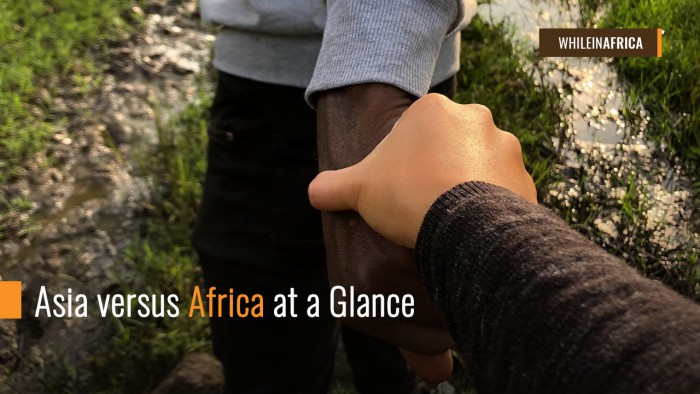

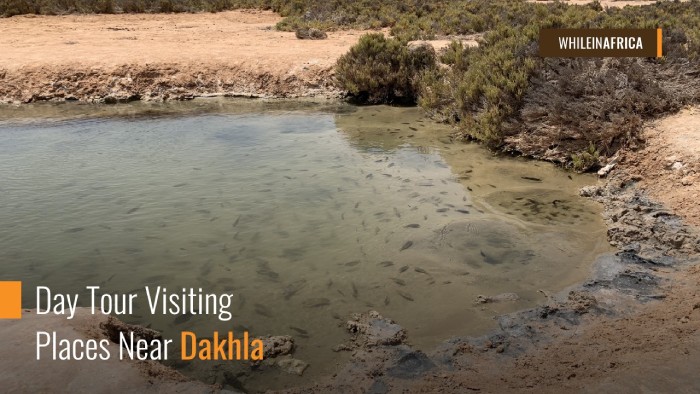
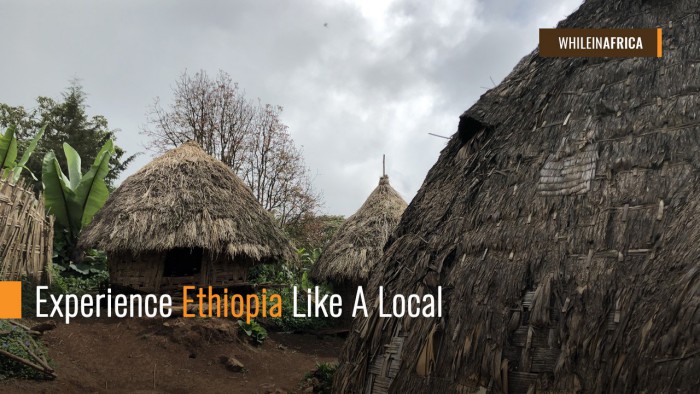
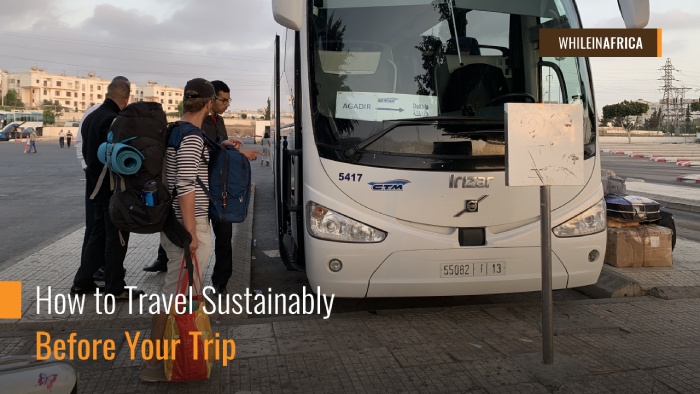
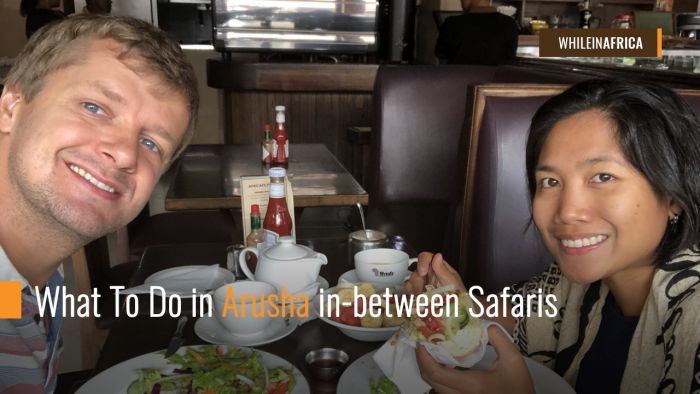
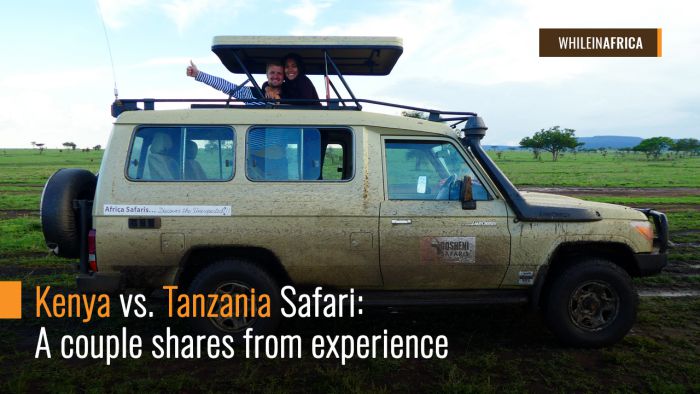

0 Responses
Dear Erika and Martin,
Hope this letter finds you well.
i found your story is interesting and full of passion specially the part of your thinking in freedom from the slavery of the job.
Kind Regards,
Nawaf
Thank you 🙂